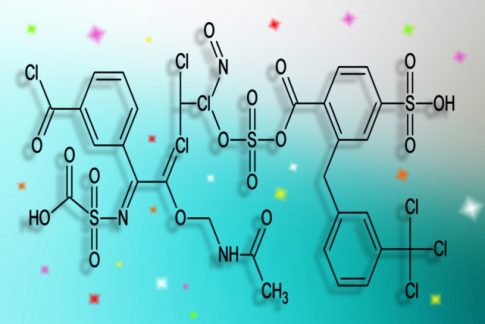Male pattern baldness (AGA) is a type of alopecia in which genetic factors play a major role, and the evolution of its treatment has attracted the interest of many researchers and patients.Recent advances in gene editing technology are opening up new possibilities for AGA treatment. This article details the future of gene editing technology in AGA treatment and explores its potential and challenges.
1. What is gene editing technology?
Gene editing technologies are technologies that modify, delete, or insert specific genes by directly modifying DNA.Typical technologies include the following
CRISPR-Cas9
CRISPR-Cas9 is an innovative gene editing technology that can recognize, cut and modify specific DNA sequences.
Accuracy and efficiency: The ability to edit specific genes with high accuracy and efficiency is expected to find applications in the treatment of various genetic diseases.
TALENs
TALENs (Transcription Activator-Like Effector Nucleases) are technologies that recognize and cleave specific DNA sequences.
Flexibility: More flexible than CRISPR-Cas9, allowing precise editing for specific targets.
ZFNs
Zinc Finger Nucleases (ZFNs) are a technology that uses zinc finger domains to recognize and cleave specific DNA sequences.
Experience: Long history, used in a variety of studies, but time-consuming to design and manufacture is an issue.
2. Relationship between AGA and genes
AGA is an alopecia with a significant genetic component.In particular, genes involved in the production of androgen receptor genes and DHT (dihydrotestosterone) are affected.
Androgen Receptor Gene
Androgen receptor genes encode receptors for male hormones, which cause hair loss when combined with DHT.
Genetic polymorphisms: polymorphisms exist in this gene and some polymorphisms increase the risk of AGA.
DHT production-related genes
The 5-alpha-reductase gene encodes an enzyme that converts testosterone to DHT.
Genetic polymorphisms: there are polymorphisms that increase the activity of this enzyme and promote the progression of AGA.
3. Possibility of AGA Treatment by Gene Editing Technology
Gene editing technology makes it possible to directly correct the genetic factors that are the root cause of AGA.Below are some specific treatment possibilities.
Modification of the androgen receptor gene
Gene editing techniques such as CRISPR-Cas9 can be used to correct mutations in the androgen receptor gene, thereby reducing susceptibility to DHT.
Effect: Expected to decrease the effects of DHT and reduce the progression of hair loss.
Editing the 5α-reductase gene
Editing the 5-alpha-reductase gene can inhibit DHT production.
Effect: DHT production is reduced and damage to hair follicles is reduced.
Introduction of new genes
By introducing new genes into the hair follicles that promote hair growth.
Effect: New hair growth is stimulated and existing hair is strengthened.
4. Challenges and Risks of Gene Editing Technology
While gene editing technology has great potential, there are also some challenges and risks.
Off-target Effect
Gene editing may affect unintended sites.
Remedy: Improvement of editing accuracy and thorough verification are needed.
Ethical Problem
Artificial modification through gene editing involves ethical issues.
Remedy: Ethical guidelines must be in place and strict controls must be in place.
Long-term impact
There are not yet sufficient data on the long-term effects of gene editing.
Remedy: Long-term research and observation are needed.
5. Future Prospects for Gene Editing Technology
Gene editing technology has revolutionary potential in AGA treatment. Below are some future prospects.
Realization of personalized medicine
Gene editing technology enables personalized medicine based on the genetic profile of each patient.
Effectiveness: More effective treatment with fewer side effects.
A Preventive Approach
Gene editing technology can be used to provide prophylactic treatment for people at high risk for AGA.
Effectiveness: Early intervention can prevent the onset of AGA.
Development of combination therapies
By combining gene editing technology with other therapies, new therapies can be developed that create synergistic effects.
Effectiveness: Improved treatment efficacy and shorter treatment time are expected.
Summary
Gene editing technology has revolutionary potential in AGA treatment.Approaches at the gene level, such as modifying the androgen receptor gene, 5α-reductase gene, or introducing new genes, can provide radical treatments that have been difficult to achieve with conventional therapies. However, as the technology advances, challenges regarding off-target effects, ethical issues, and long-term effects must also be overcome. The future of gene editing technology is bright, and with the expected realization of personalized medicine and preventive approaches, let us hope that a new era of AGA treatment will open up.










